

Travelogue
The Balkans: "Pre-Tour"
by Norman Bituin
I was looking for a place in Europe I haven't been to, and cheap! I found it - the Balkans. The guided land tour of 9 days/8 nights at 4-star hotels with comp breakfast was $571 + $220 local taxes, total $791. It's like paying $100 a night for the hotels with the guided land tour to seven countries for free. Cherry and I asked Willie and Tess Vergara if they wanted to come. They agreed, but due to conflicting schedules it ended up with just Willie and me who would make the trip.
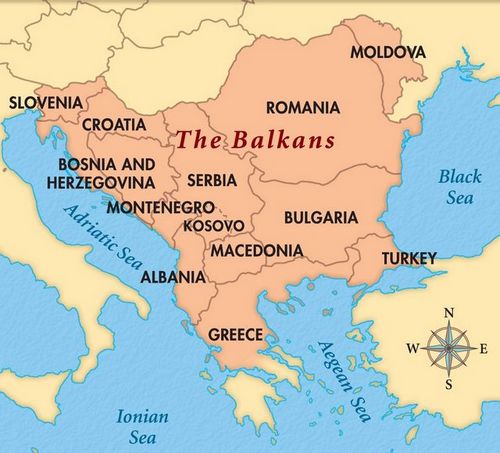
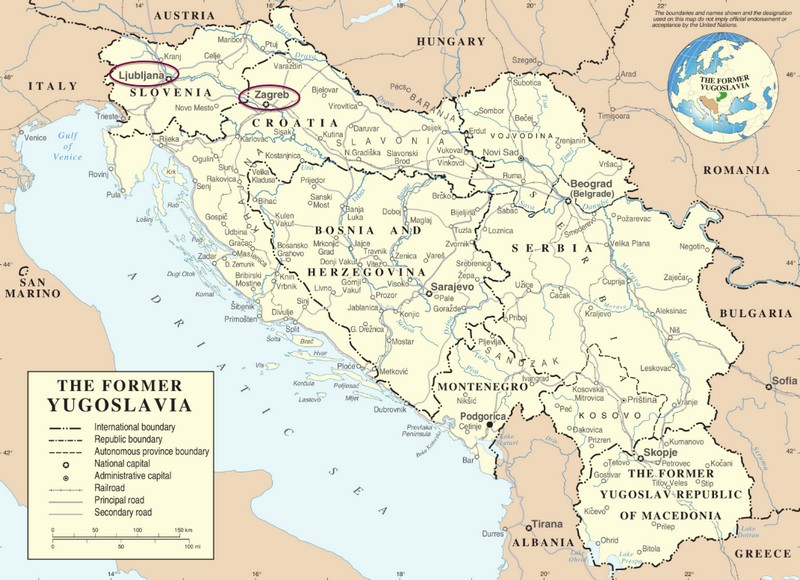
The seven countries in the tour are the five republics and now independent countries of the former Yugoslavia - Serbia, Bosnia and Herzegovina, Montenegro, Croatia and Macedonia, plus two other Balkan countries - Albania and Bulgaria. After the tour (June 7-15, 2018), we spent three extra days in Romania. In this "Pre-Tour", I will only cover the capital cities of Ljubljana in Slovenia (the sixth independent country) and Zagreb in Croatia, which were not part of the Balkans tour. I spent five days in these cities alone before meeting the tour group and Willie in Belgrade, Serbia. Willie will write the travelogue for the rest of the trip.
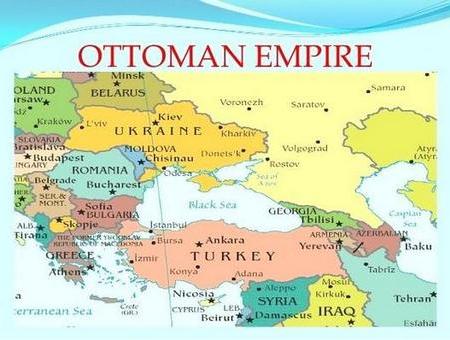
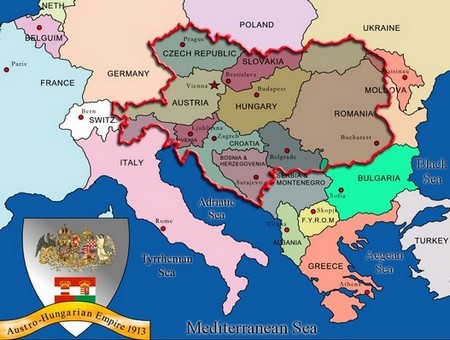
Briefly, the Balkans is sometimes called the "Powder Keg of Europe". At the end of almost five centuries of Ottoman Empire (now modern Turkey) rule in the Balkan Wars of 1912-1913, the Balkans was annexed by the Austro-Hungarian Empire. The trigger for the First World War was the assassination of Archduke Franz Ferdinand of Austria by a Bosnian of Serb extraction in Sarajevo in 1914. During the Second World War, Marshal Josip Broz Tito and his liberation partisans defeated the invading Nazi Germans without the victorious Russian Red Army. Refusing to sign into the Warsaw Pact under USSR control, strongman Tito ruled socialist Yugoslavia for 35 years until his death in 1980. In the 1990's the republics started to secede causing civil wars, ethnic cleansing and destruction of lives and property among the differing nationalities of mainly Slovenes, Serbs, Croats and Bosnians. Slovenia was the first to become an independent country in 1991.
Ljubljana, Slovenia
Brod Vic Ramos had written me that he would be waiting for this article because he knew nothing about Slovenia, except for Melania (Trump). Neither did I, but I did ask the locals and checked online about Melania. So Melanija Knavs was baptized in 1970 at St. Lawrence Church in the town of Raka; grew up in the nearby town of Sevnica; went to high school and, as she claimed in her personal web site, graduated with a degree in architecture and design about 86 kms. away in the capital city of Ljubljana (Note: Snopes.com/Fact-Check: no official public records found and she is not listed as having graduated in any university); and did her modeling career in Europe and NYC. You all know the rest of the story.
Slovenia is a parliamentary republic and a member of the United Nations, European Union and NATO with a population of 2 million. The official language is Slovene. In terms of ethnic groups, today it is 83% Slovenes, 12% Italians, 2% Serbs, 2% Croats and 1% Bosniaks. The civil war fighting in Slovenia lasted only 10 days because as the Serbian President Slobodan Milosevic, who controlled the Yugoslav Army in Belgrade, said there were no Serbs in Slovenia and thus allowed it to secede. The predominant religions in the Balkans is Eastern Orthodox and Islam, except in Slovenia and Croatia which are Roman Catholic. Slovenia is 74% Roman Catholic.
The capital Ljubljana is a vibrant, cyclist-friendly city teeming with cultural activities and architectural sights. It was the winner of the 2016 European Green Capital for its environmental projects and accomplishments.
WOW Ljubljana
Preseren Square with statue of poet Dr. France Preseren, the author of Slovenia's national anthem.
The Franciscan Church of the Annunciation with its red facade in Preseren Square was built in the 17th century.
I heard mass in Slovene.
The main bridge out of the three that form Ljubljana’s Triple Bridge was built in 1842, with the still visible inscription
bearing a dedication to Archduke Franz Karl. The other two smaller bridges were added by Joze Plecnik in 1932.
More views of the Triple Bridge. Last photo, a man called his friends' dare (at right), took off his shoes and clothes, and jumped off the bridge.
Street view of Ljubljana Cathedral (middle) and the Town Hall (right).
Interior of the Cathedral of Saint Nicholas
Original site dates from 1262. Present Baroque church was consecrated in 1707.
The entrances have bronze sculptured doors from 1996, created at the 1250s anniversary of Christianity in the Slovenian territory and the visit of Pope John Paul II.
Saturday morning at Farmers Market beside Preseren Square
Fridge magnet with Ljubljana's symbol, the Dragon.
The Dragon Bridge is over 100 years old with 2 big fiercesome dragons at each end and 16 smaller ones on the bridge.
A visitor can not leave the city without taking a picture of each of the 4 big dragons in the Dragon Bridge who are said to wave their wings when a virgin passes by.
The River Ljubljanica
Ljubljana Castle and view of the city from the top.
A qualified architect who, after years of architectural design and urban planning, decided to be a freelance artist.
She has devoted herself to writing and drawing for children with her picture books translated into more than 35 languages.
An unusual drawing of architectural composition with thick black lines where the artist adds colors from colored chalk with each color with
four to five shades. She applies powdery gossamer colors to the surface. The final effect of the a blaze of colors is a single vibration.
A half day trip to Bled Castle and Lake Bled
Bled Castle dates from 1011 built by the German king Henry II.
A panoramic view of Lake Bled from atop Bled Castle.
A fluvial religious ceremony with the blessing of the priest on Lake Bled.
The boat ride to visit the church in the island takes 20 minutes for 12 euro roundtrip.
The former summer holiday villa of Marshal Tito built in 1947 has been transformed into a 31-room luxury hotel, Vila Bled.
The Pilgrimage Church of the Assumption of Mary was damaged by earthquake in 1509 and rebuilt in the 17th century.
There are exactly 99 stone steps, built in 1653, from the dock to the church. According to tradition, to ensure a long and happy marriage
for couples getting married in the church, the groom must carry the bride up the 99 steps while the bride must remain perfectly silent.
The main altar with gold-plated carving dates from 1747. The bell of wishes was made by Francesco Patavino from Padova in 1534.
View from the top of the 170 foot bell tower with the pendulum clock
More Ljubljana
Street art and/or graffiti
In three days in the city, I only saw two "social" cases: a wheelchair-bound man asleep for the night on the sidewalk; and a drinking man passed out on the bench.
Bike-friendly Ljubljana is the 2016 winner of the European Green Capital award.
Somewhat odd humans "in torment" (my interpretation) bronze statues at Cobbler Bridge
This is the famous "must not miss" Bled three-layer cream cake, plus Slovenian beer.
When I texted the picture home, my daughter Jamie responded quickly.
"Tatay, you're like a teenager having cake and beer!" She was right. I was no teenager as my
tummy started churning. I popped a couple of Imodium tabs which I keep in my camera bag.
Some night scenes in Ljubljana
Zagreb, Croatia
The Croatian War of Independence was fought from 1991-1995 between Croat forces and the Serb-controlled Yugoslav People's Army and local Serb forces. Unlike Slovenia, there were about 580,000 ethnic Serbs in Croatia (1.2 million in Bosnia and Herzogovina). They fought the secession and forcibly occupied over a quarter of Croatia. The war ended with Croatian victory and preservation of its borders. About 25% of Croatia's economy was ruined with an estimated US $37 billion in damaged infrastructure and lost output. A total of 20,000 people were killed in the war and refugees were displaced on both sides.
Today Croatia is a parliamentary republic; population 4.2 million - 90% Croats, 5% Serbs, 5% others; the official language is Croatian; and it is 86% Roman Catholic. It has a universal health care system and literacy stands at 99%. Croatia is a member of the UN, NATO and the European Union. Zagreb is the capital and the largest city with a population of about 1 milion.
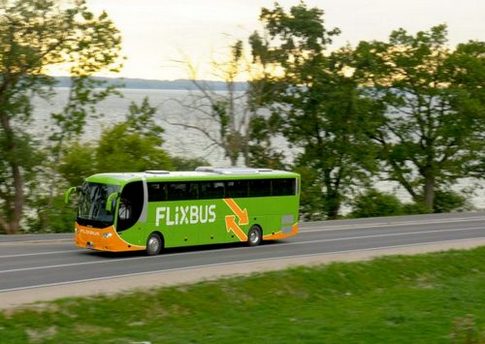
I took the bus from Ljubljana to Zagreb: time 2:20, fare 11 euro. Only had a day and a half to wander around Zagreb.
Ban Jelacic Square
Downtown Zagreb was hit by rockets and cluster bombs in 1995 with 7 civilians killed and 200 injured.
Ban Jelacic Square, the central square and pedestian meeting place in the old city, has existed since the 17th century.
Josip Jelacic, a noted army general, fought for independence from Hungary and abolished serfdom in Croatia.
St. Mark's Church
St. Mark's Church is the parish church of Old Zagreb, early 13th century, but was reconstructed in the 14th century.
On the roof, the tiles represent the coat of arms of Zagreb and Triune Kingdom of Croatia, Slavonia and Dalmatia.
The Gothic composition of the portal is the 14th century work of sculptors of the Parler family from Prague.
Gornji Grad (Upper Town)
Statue of St. George slaying the Dragon (1853) depicts Christianity overcoming paganism.
Museum of Broken Relationships (or perhaps in the Phils., Museo ng mga Sawing-Puso)
The Stone Gate
During the great fire of Zagreb in 1731 all the objects around the Stone Gate, built in the 13th century, burned down except a portrait of Virgin Mary.
A chapel within the arch of the old Stone Gate, which houses the painting of the Mother of God, has since become Zagreb’s biggest shrine.
Zagreb Cathedral of the Assumption of Mary
In 1094 the Zagreb Bishopric was founded. The Cathedral was built in 1217. After an earthquake in 1880, it was restored with the two neo-Gothic towers in 1902.
Night shots at Ban Jelacic Square
A half day trip to Plitvice Lakes National Park
Plitvice Lakes National Park was founded in 1949 and is situated in the mountainous karst area of central Croatia, at the border to Bosnia and Herzegovina. The protected area extends over 297 square kilometres. The national park is world-famous for its lakes arranged in cascades. Currently, 16 lakes can be seen from the surface. Each year, more than 1 million visitors are recorded. In 1979, Plitvice Lakes National Park was added to the UNESCO World Heritage register.
Gorgeous view from the top of Plitvice Lakes National Park looking down at the waterfalls and the visitors walking on the precarious-looking wooden trails.
The following day I took the train to Belgrade to meet the tour group for the start of the "Balkan Discovery" land package.